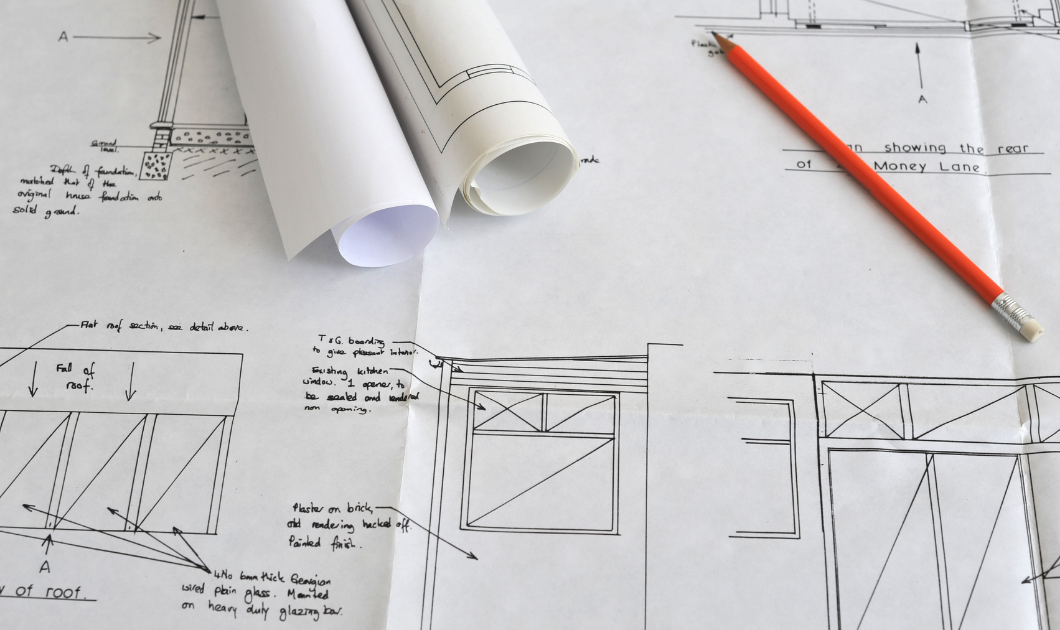
10 Features To Consider When Building A New Home
There is so much to think about when you’re building a new home. From layout to design finishes and everything in between, the features you put into your custom-built home will be with you for years to come.
Here are some features to consider when building your new home!
1. Custom Shelving
A well-placed built-in can serve as the focal point for a room, such as bookshelves arranged around an archway, or a multimedia unit in the living room that perfectly fits the space. Custom shelving also has a ton of utility. Think about the rooms where you could really use additional storage, and then work with your builder to see if there are any custom options you could incorporate.
2. Higher Ceilings
It’s almost always going to be worth splurging for those taller ceilings! There’s quite a difference in the look and feel between 6’ ceilings and 8’ plus ceilings. It will also allow you to get a little bit more dramatic when it comes to finishing touches like fixtures and wall art.
3. Upstairs Laundry Room
An upstairs laundry room makes doing laundry less of a chore, and it also makes an everyday task way more convenient. Bonus if you can get a window in your upstairs laundry room too so that you can brighten up the space and bring a little more joy into loading washers and folding clothes.
4. Mudroom
Building a new home is your chance to get in everything you’ve ever wished you’d had in previous homes. If you know the pains of walking in the front door or garage door with nowhere to hang your coat or take off your muddy shoes then you know the utility of a mudroom. Even just a closet-sized space with a wall of cubbies and a bench will come in handy—especially on rainy or snowy days.
5. His and Her Closets
This is becoming an increasingly popular option in new home builds as more homeowners want areas of the home that really serve a function instead of saving space. If it’s not in your original build plan, talk to your builder or architect to see if it would be possible to take some unneeded square footage from the master bedroom or bathroom and put it toward a dual closet solution.
6. Cabinet Lighting
In- and under-cabinet lighting is aesthetically charming and also quite useful—particularly in the kitchen. While it’s something you can add in later by using adhesive strip lighting, built-in options tend to be brighter and better looking than their adhesive counterparts.
7. Heated Floors
Radiant heated floors are a luxurious addition to bathrooms and are also used to warm up flooring over cooler areas of the house, such as rooms built over slabs instead of a foundation.
8. Smart Devices
These can be added later on, but if you’re building a new home you may as well make it a smart home from the start. Smart thermostats can significantly reduce your energy usage, while things like smart doorbells, door locks, and smoke/carbon monoxide detectors can greatly increase your home security. If you want to get really fancy, look into smart kitchen appliances, such as refrigerators that save your grocery list for you.
9. Built-in sprinkler systems
Heading outside, consider investing in built-in sprinkler systems, which will save you a ton of time when it comes to yard work. This is a particularly useful feature in new construction homes since your sod, trees, and plants will all need a lot of extra TLC while they put down roots. Instead of having to go out and water them every day, you can program a built-in sprinkler system to automatically go off at certain time intervals. Your yard gets all the water it needs, and you never have to lift a finger.
10. Extra outlets
There’s nothing very glamorous about extra outlets in your new home, but that doesn’t mean they’re not worth the money. When you’re working on finalizing your design plan, think long and hard about anywhere you might benefit from an extra outlet—it’s a lot cheaper to put these outlets in now than to have an electrician come to put them in later. Take into account areas where you know you’ll want to put Christmas lights (both indoors and outdoors) and areas where you know you’ll be using a lot of electronics.
